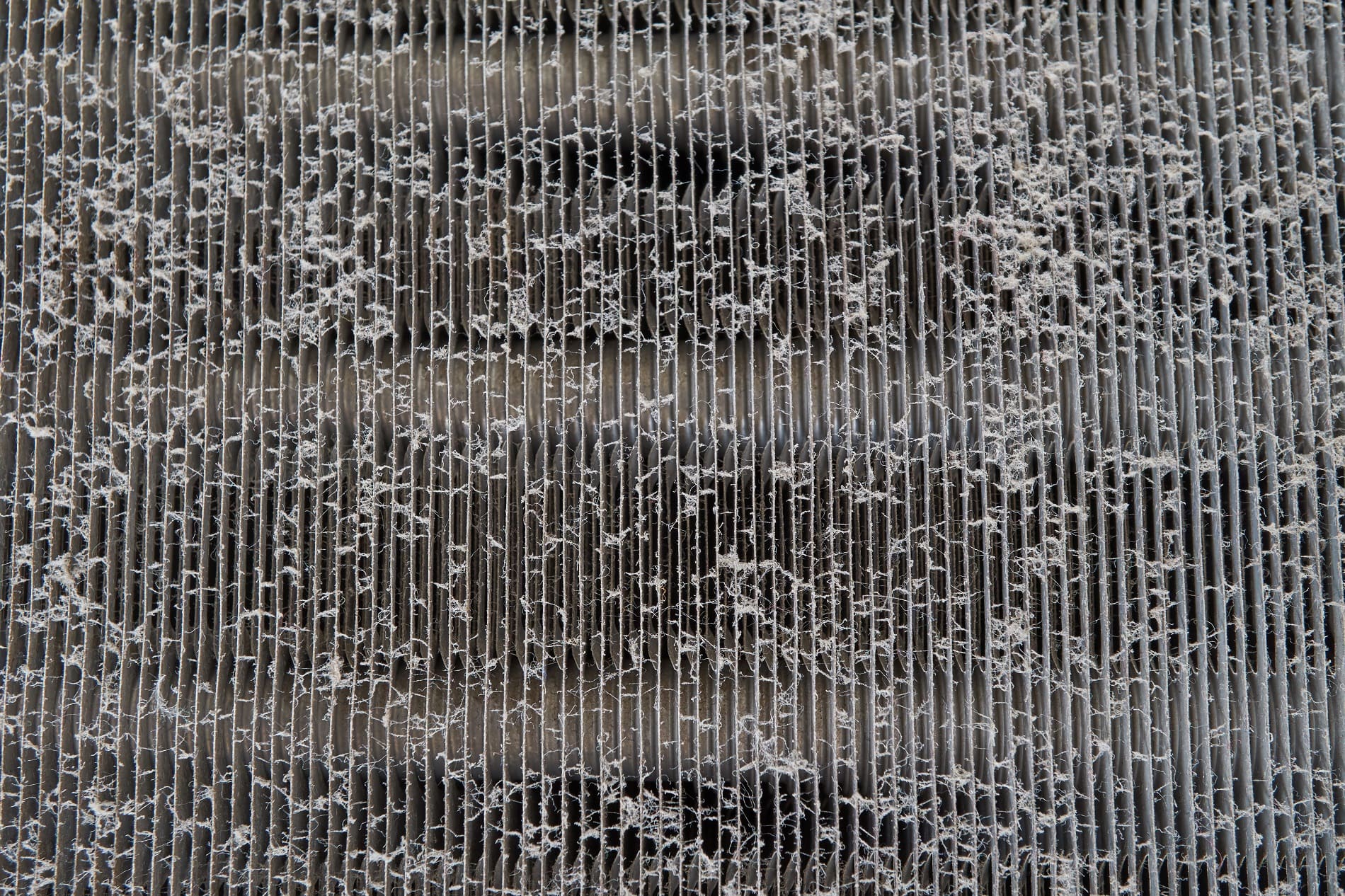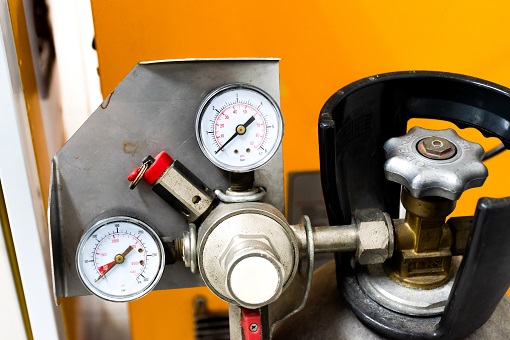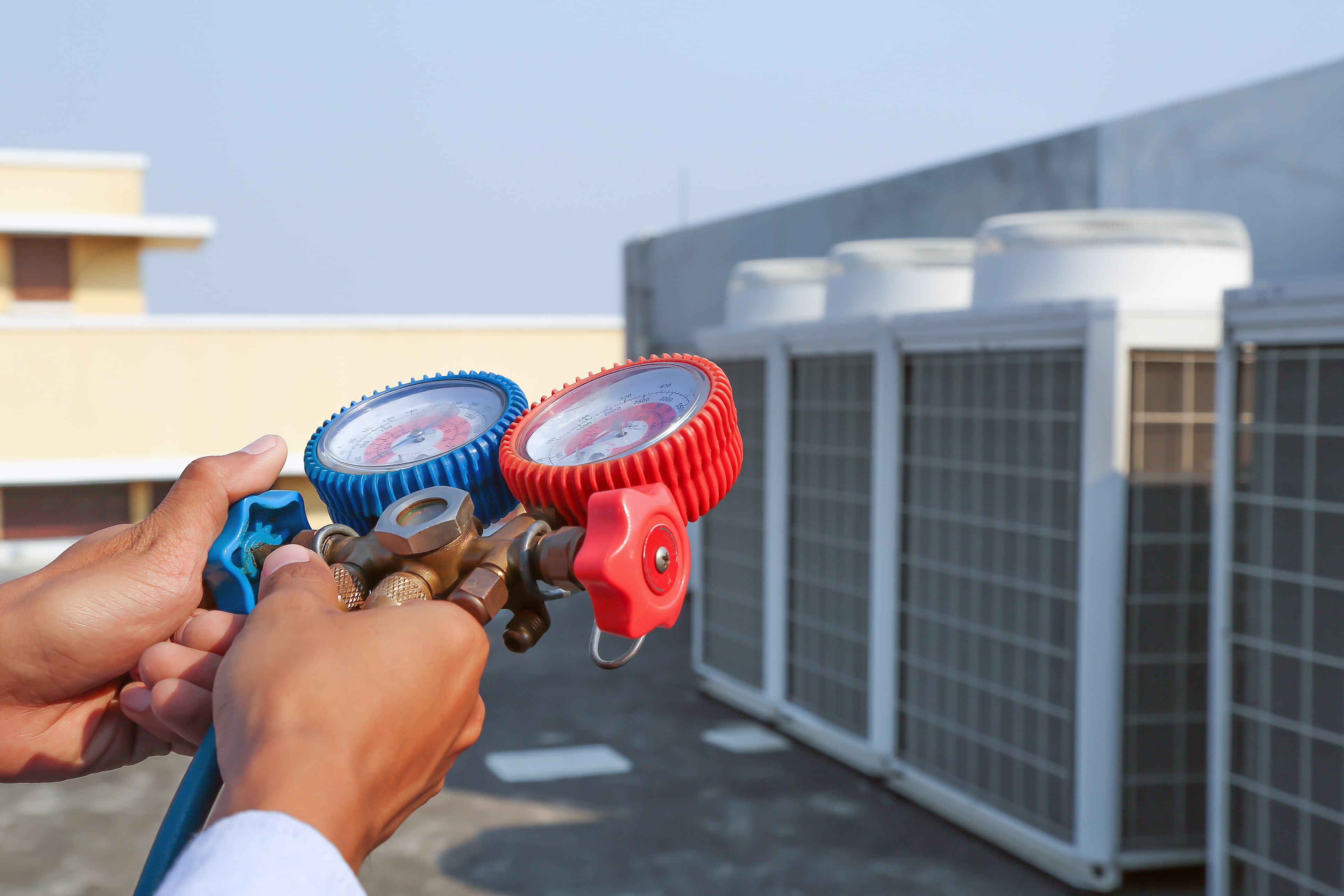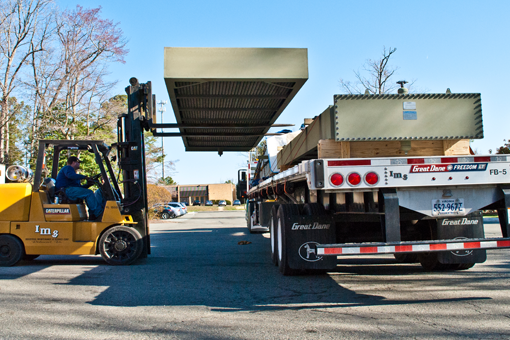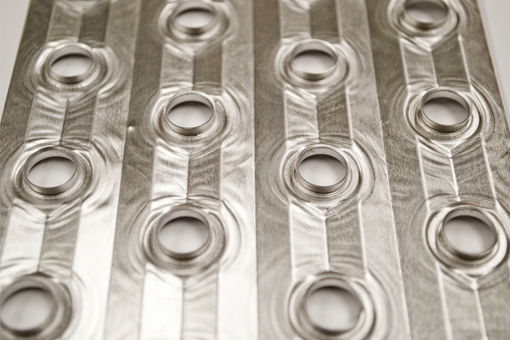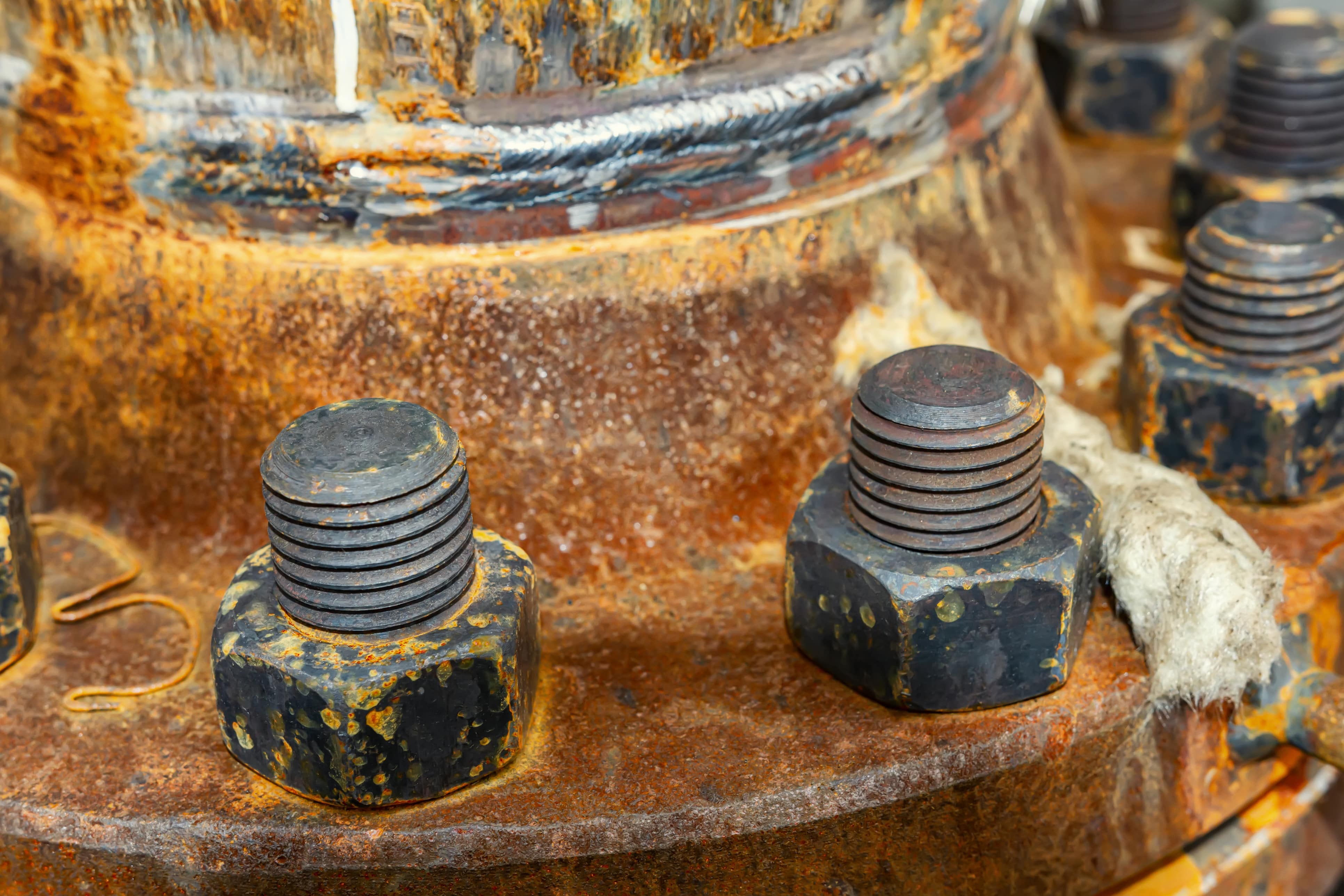Fin tube heat exchangers are subject to fouling, which takes place as long as there is an airflow or waterflow in the unit. Defined as thermal resistance due to the accumulation of contaminants on heat transfer surfaces, fouling negatively affects heat exchanger efficiency, longevity, and increases system operating costs.
Read More
Topics:
Ground Support,
Computer & Electronics Cooling,
HVAC,
Coils,
Efficiency,
Turbine Inlet Air Cooling and Heating
Around 2010, the first refrigeration systems operating on transcritical CO2 began cropping up in North American supermarkets. Since then, usage of transcritical CO2 systems has grown steadily and they’ve become viable options for places like supermarkets, food warehouses, and ice rinks, as more organizations move away from traditional HFC refrigerants. Natural refrigerant market accelerator Shecco estimates that transcritical CO2 systems grew from 140 in 2008 (all in Europe) to more than 35,000 systems worldwide today.
Read More
Topics:
Food Storage & Processing,
HVAC,
Expertise,
Engineering,
Refrigerants
There are dozens of commercially available refrigerant options on the market today, including numerous refrigerant blends, which aim to replicate the effectiveness of former workhorses like R22, the production of which was made illegal as of January of this year. Two popular examples of refrigerants developed in the last 30 years or so that are used in the HVAC industry are R-410A and R-407C. These two refrigerants are often used for similar applications, but they have some marked differences that should be understood and considered when deciding between them.
Read More
Topics:
HVAC,
Coils,
Efficiency,
Expertise,
Refrigerants
We serve a diverse customer base at Super Radiator, one segment of which are what’s known as original equipment manufacturers (OEMs). Though we classify them together, OEMs and their respective industries all operate differently. Some customers are recurring business – they need coils every week consistently over a given timeframe – we’ve seen this with commercial HVAC or datacenter OEMs. Other customers need us to supply coils for projects that may arise infrequently over a period of years, which describes industries like transit cooling.
Read More
Topics:
Refrigerated Display Case,
Ground Support,
Computer & Electronics Cooling,
HVAC,
Coils,
Efficiency
In plate fin heat exchangers, the fins themselves play a critical role. They provide the extended surface area needed to achieve effective heat transfer between a gas on the finside and a fluid on the tubeside.
Read More
Topics:
Gas Compression,
Refrigerated Display Case,
Food Storage & Processing,
Ground Support,
Computer & Electronics Cooling,
Power Generation,
HVAC,
Coils,
Efficiency,
Engineering
This article has been updated. It is accurate as of 9/23/20.
For commercial operations that rely on effective heat transfer, external corrosion of heat exchanger components is a major concern. When left unchecked, corrosion can significantly reduce a coil's effectiveness, but sometimes it’s difficult to know which anti-corrosion option best meets your needs.
Read More
Topics:
Refrigerated Display Case,
Food Storage & Processing,
HVAC,
Efficiency,
Reliability,
Engineering


